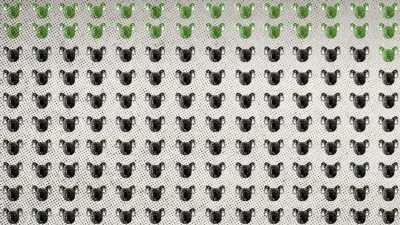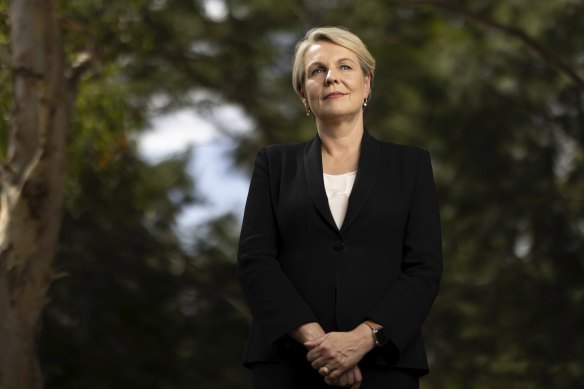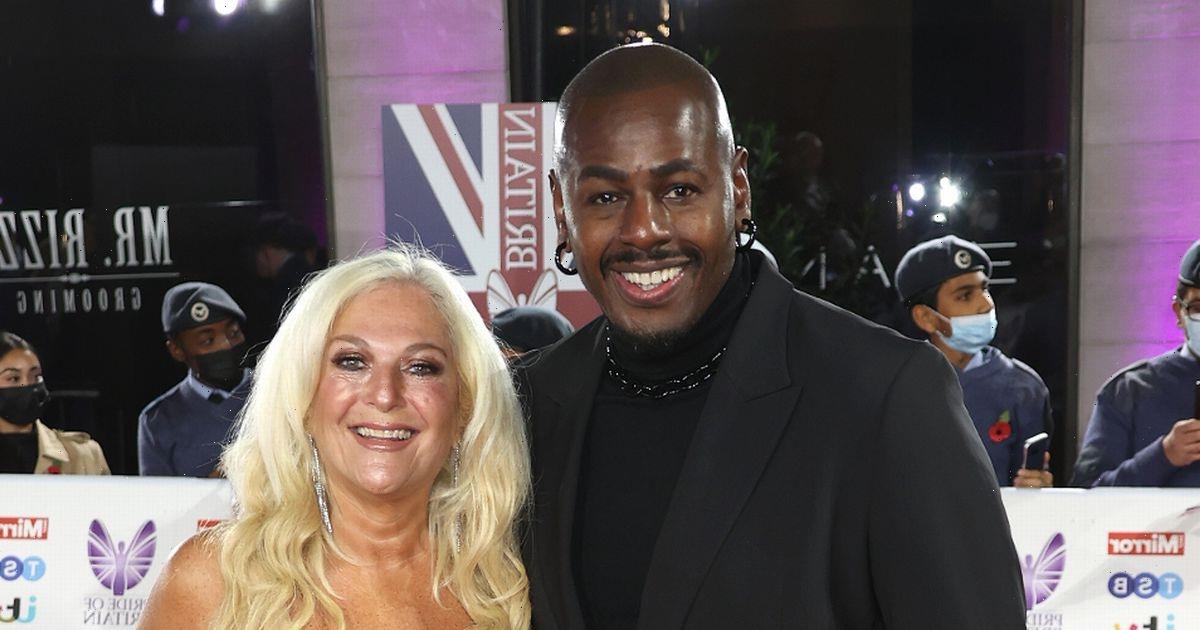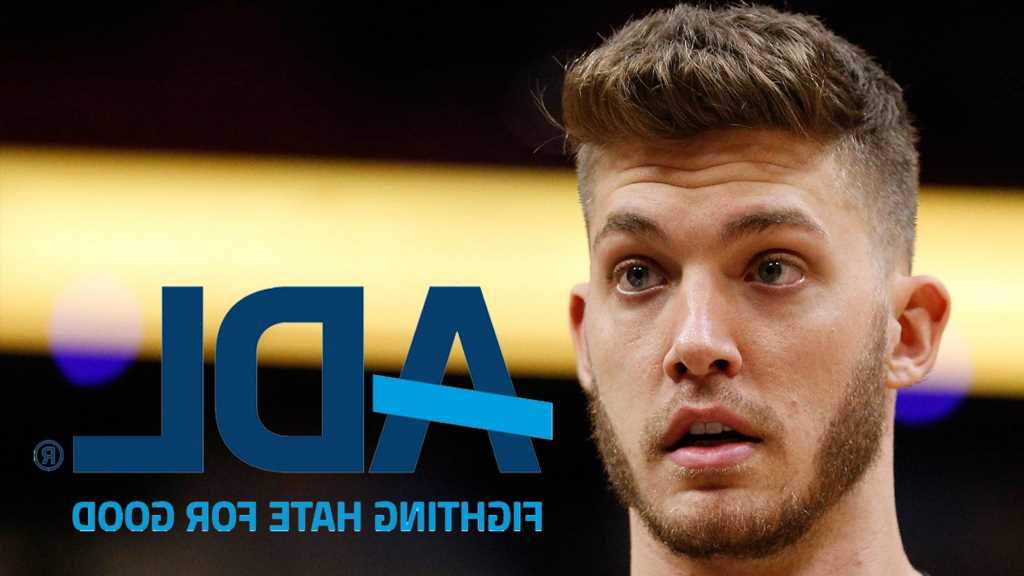More than two dozen renewable energy projects lodged with the Commonwealth for assessment could damage precious koala habitat, posing a delicate environmental conundrum for the Albanese government.
The environment department is assessing 140 developments that could threaten koala habitat, 29 of which are renewable energy projects alongside 50 coal and gas projects and 37 property developments.
Environment Minister Tanya Plibersek faces hard decisions as the government balances competing environmental aims of lowering carbon emissions and avoiding extinctions.Credit:Alex Ellinghausen
A massive expansion of renewable energy is critical to the Albanese government meeting its upgraded climate target, while Environment Minister Tanya Plibersek has vowed to protect endangered koala populations.
The projects registered with the department that would threaten koala habitat would remove habitat trees for site development and access roads as well as potentially fragment the species’ natural range, which has already been decimated.
The sites, selected by the project proponents, will be assessed by state and federal governments, while Plibersek holds final say on development applications that affect threatened species.
When any of these projects progress to final approvals, scrutiny of her actions will be intense, following the listing of koalas as a threatened species in 2022.
Plibersek says she is prepared to take on big business on development decisions, like she did earlier this month when she vetoed the development of Clive Palmer’s proposed central Queensland coal mine in the catchment of the Great Barrier Reef, vowing to end what she calls the pro-industry stance of the former Coalition government.
“You’ve got the Liberals and Nationals, who have always had a kind of ‘let it rip’ view on development that has led to the environmental crisis that this country is in at the moment,” she told this masthead.
“If you want your kids and grandkids to be able to see koalas in the wild, we have to change what we’re doing because in NSW we’re on a trajectory to no koalas by 2050.”
It is estimated as many as one-third of NSW’s koalas – about 10,000 animals – perished in the 2019-20 Black Summer bushfires and preceding drought, while Queensland’s population has shrunk by about 50 per cent in the past decade.
However, the Albanese government has set a legally binding goal to cut Australia’s greenhouse emissions 43 per cent by 2030 and one of the most significant sources of pollution cuts is forecast to come from an influx of clean energy replacing coal-fired electricity generation.
Climate Change and Energy Minister Chris Bowen has set a target to grow renewable energy from its current proportion of 30 per cent of the grid’s power to 82 per cent by the end of the decade. Bowen has said Australia will need to install 40 seven-megawatt wind turbines each month and install 22,000 500-watt solar panels a day, for the next eight years.
All this renewable energy must be located somewhere, which means at least a likely big jump in the list of 18 wind projects, seven solar farms and four hydroelectric projects registered with the federal government as a potential threat to koala habitat.
The challenge for the government in balancing the need for clean power with conservation will be magnified further by the 10,000 kilometres Bowen says is needed, at a minimum, to link all the far-flung wind and solar farms into the existing grid.
Cut through the noise of federal politics with news, views and expert analysis from Jacqueline Maley. Subscribers can sign up to our weekly Inside Politics newsletter here.
Most Viewed in Politics
From our partners
Source: Read Full Article



